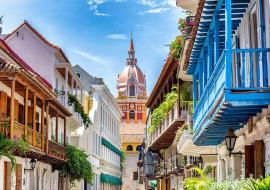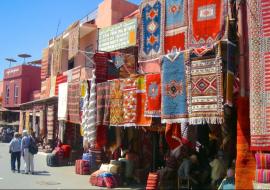The Land of the Sicani: Journey to a Different Inner Sicily
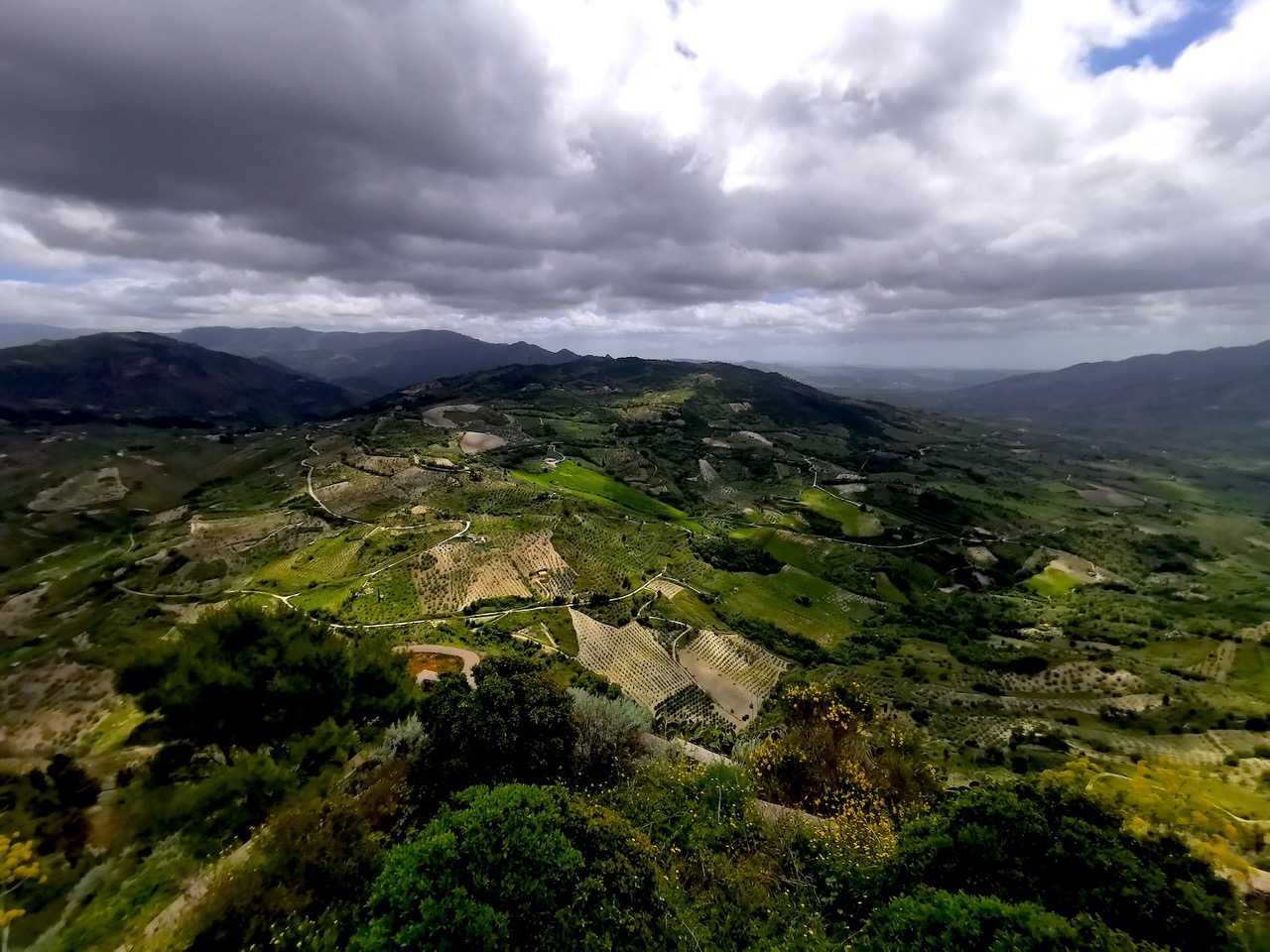
Sicily is like a diamond, a land with many facets, and if you wish to discover them all, you must start somewhere, right?
By Massimo Terracina
Nestled between Palermo and Agrigento lies a wonderful land once inhabited by the Sicani people, who settled in ancient times across a large part of the island before retreating to the central-southern region, delimited by the Himera and Halykos rivers, with the arrival of the Sicilians.
Sicani Villages: Around their historical legacy, a tourism project encompassing 29 municipalities united under the Sicani Rural Quality District brand has emerged. This project brings together ancient villages, agricultural, commercial, artisanal, and hospitality-related activities under the name Sicani Villages.
"Our proposal is based on 'relational tourism,' which, in addition to showcasing a territory rich in colors, flavors, and hospitality, offers travelers the opportunity to integrate into the local culture and experience it to the fullest," explains Pierfilippo Spoto, a local insider and territorial animator of the Sicani, whose face is now inseparably linked to these lands. *"*Living experiences with those who offer them, dining with local people in their homes, and tasting the products of the land firsthand, be it wine, bread, or oil, is something that binds and leaves indelible memories."
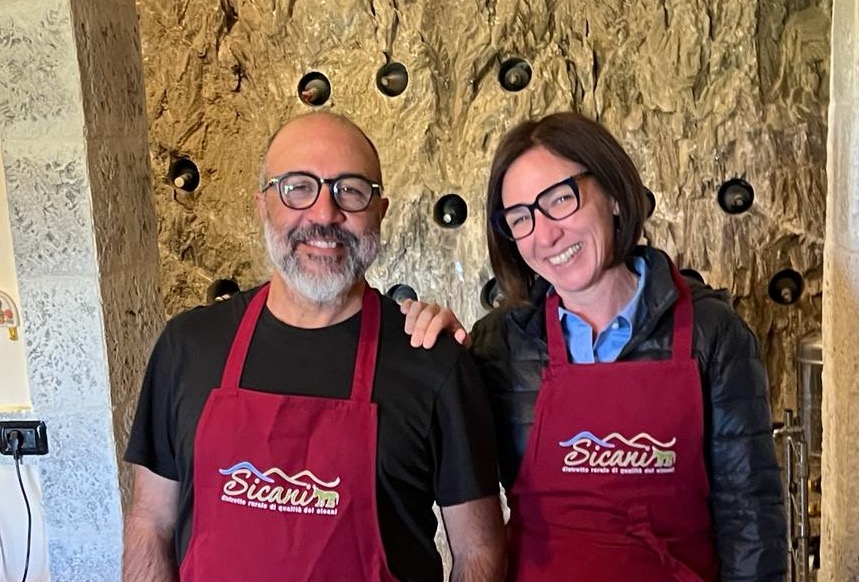
A long weekend (though it would take at least a month!) is a good starting point, but we are certain you will want to return. The almost obligatory starting point is Aragona, also a stop on the Magna Via Francigena (from Palermo to Agrigento). It's not uncommon to encounter pilgrim-trekkers, such as those at Sperdicchio, famous for the painted barrel, almost a symbol of departure, akin to the placeholders of Monopoly. From here, we embark on our Sicani exploration, indulging in "cunzatu bread," "panelle," cured meats, cheeses, and the Sperdicchio Spritz enriched with prickly pear and local gin.
The leitmotif of this journey could be the typical Sicilian greeting: "Mangiaste?" (Did you eat?) - a testament to the great Sicilian hospitality that animates this initiative. And indeed, nourishment, not only for the eyes and soul, is never lacking.
Bio Resort Fontes Episcopi: In Aragona, amidst a tranquil countryside near the Macalube Nature Reserve, lies the dream come true of Maurizio Tedesco. Known for its tranquility, vast kitchen often hosting cooking classes, refined traditional food, seven rooms exuding ancient hospitality, and tastings and treatments based on natural soap, clay from the park, scrubs with bran, and olive oil massages, it offers a peasant's well-being.
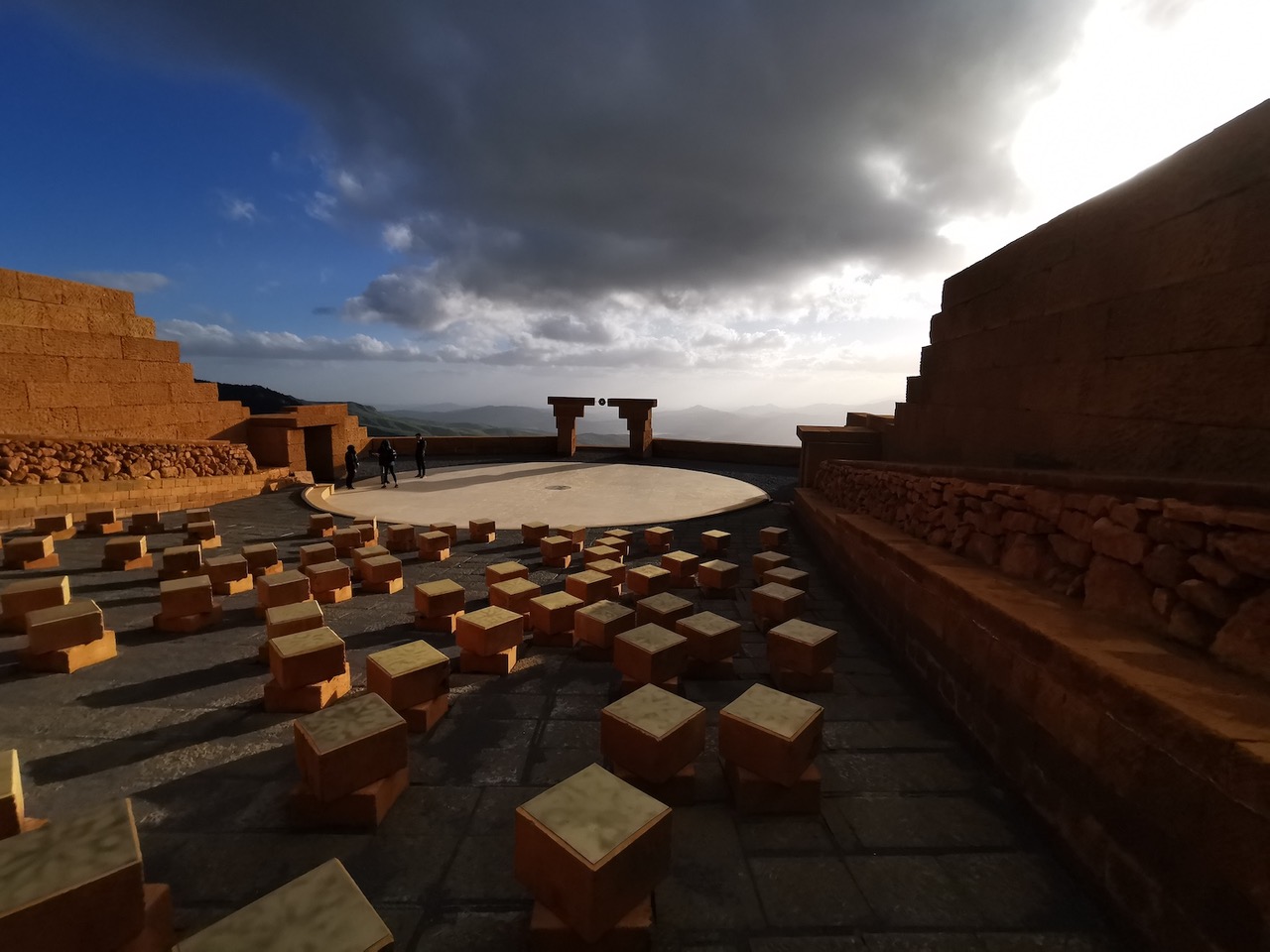
Sicani Museum (MuSAM): "The Archaeological Museum of Sant'Angelo Muxaro, opened in late 2015, is a significant cornerstone in valorizing the antiquities of the area," explains the exceptional guide, the mayor of the small town, Angelo Tirrito. "It restores to this place the dignity of a rich past, which has made it famous throughout the world for the splendid, and still enigmatic, gold objects found here."
The origin of the Sicanians remains veiled in mystery. According to Diodorus Siculus, they were a people of Iberian origin. It is from them and their territory that the wide-ranging tourism project, "Sicani Villages," is inspired.
Many individuals contribute to the success of this project, starting with Laura Massoni and her dmo, Pure Sicily. "The experience that our Sicily offers," she explains, "is highly appreciated by those who prefer cooking classes, wandering through the alleys stopping to eat in the hospitable homes of our members, for above all, human contact and the discovery of everything they consider 'unspoiled' with an authentically Italian flavor."
Val di Kam: Pierfilippo Spoto and Val di Kam offer priceless activities such as walking, horseback riding, cycling, and kayaking for exploring the area.
The discovery continues with other villages on the circuit. San Biagio Platani, famous for the Easter arches, a choral work of the highest artistic value where pasta and manual skills intersect to give life to incredible works that adorn the main street.
"Turisti per Case" is the hospitality project inviting tourists to dine in the homes of locals, who increasingly appreciate the value of this initiative. "Home restaurants" are found in alleys, courtyards, kitchens, and living rooms, where hospitable ladies do their utmost to showcase the true face of welcoming Sicily.
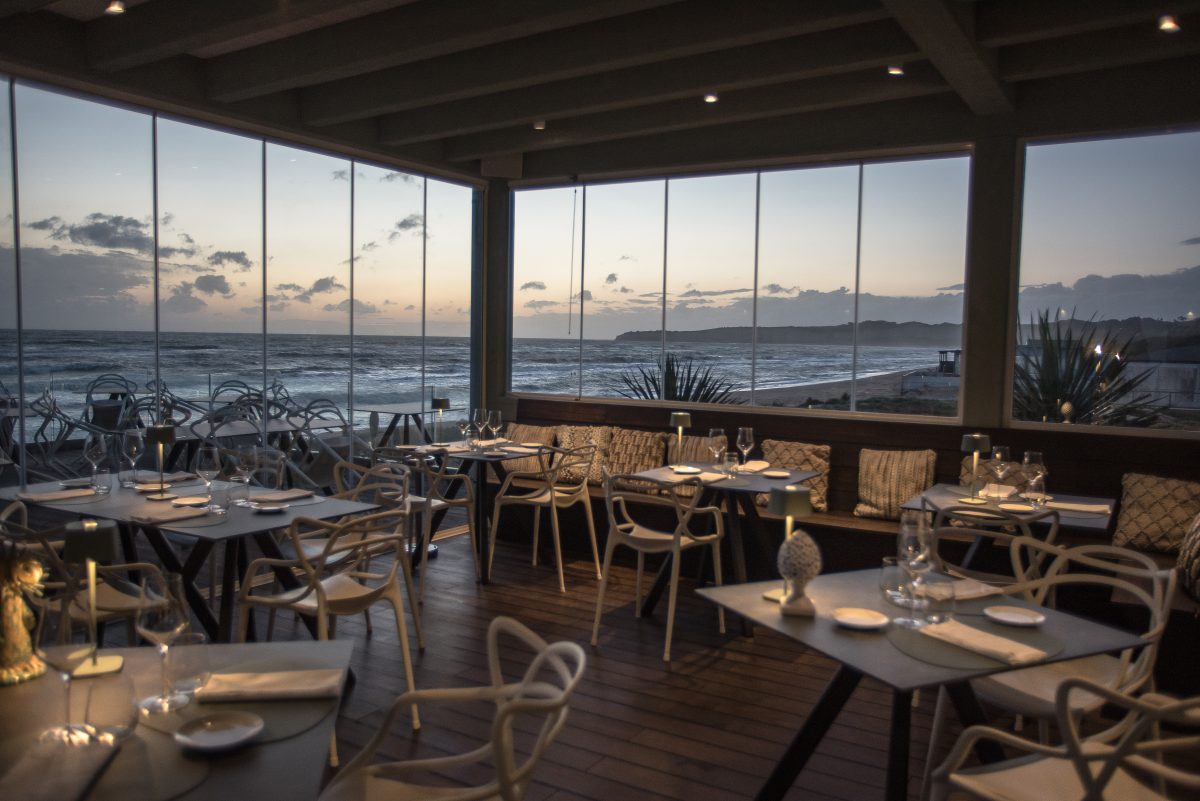
In Giuliana, one should visit the eagle-shaped castle overlooking the village and the Sosio river. From this manor, attributed to Frederick II of Hoenstaufen, one can see the valleys of the Sicani Mountains.
The up and down alleys are the heart of Giuliana, where the recovery of an ancient oven by Franco Arcuri gives life to delicious bread and focaccias, filled with classic oil, oregano, salt, and pepper for the Cunzatu Bread, or with imaginative variations such as orange and anchovies.
This land is marked by inherited entrepreneurship and passion. In Realmonte, Borgo Giallonardo, a "boutique hotel wine estate," exemplifies this spirit. On the coast, hospitality at Luna Minoica suites & apartments and dining options at Locanda Perbellini al Mare and Canaima offer excellent experiences.
Another "magical" place not to be missed is the Andromeda Theatre. Born from the imagination of the artist shepherd Lorenzo Reina, it allows one to experience the power of silence amidst a circular stage overlooking the valley.
Scala dei Turchi: Considered the greatest natural attraction of the area, aperitifs or dinners at sunset at the Lounge Beach offer a splendid view of the natural scenery.
Family businesses, micro-entrepreneurship, and hospitality flourish in this area, exemplified by Valeria Licata's welcoming home in San Biagio Platani and Cristina Altamore's pasta business. Artisan treasures also abound, such as ceramics in Burgio and embroidery in Santo Stefano Quisquina.
After all is said and done, "Mangiaste?" (Did you eat?)








